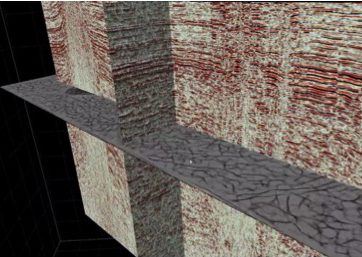Seismic methods measure the elastic properties of soil and rock that are a function of the physical properties such as seismic velocity, density, and shear modulus. Collier employs various types of seismic methods to various problems including: reflection, refraction, tomography, active and passive MASW, downhole and crosshole seismic, and marine applications. We are a leader in applying full wave form inversion to shallow seismic applications to map fractures, voids, and karst.

Typical Applications of the Seismic – Engineering Method

- Overburden thickness
- Bedrock topography
- Water table depth
- Rippability of bedrock
- Lithology
- Fractures, faults, & karst
- P & S Wave velocity for Dynamic Modulus calculations
- Characterization for Geotechnical & Civil Engineering Projects
- Dam & levee assessment
- Oil & gas exploration
- Marine applications
- 2-D & 3-D Imaging

